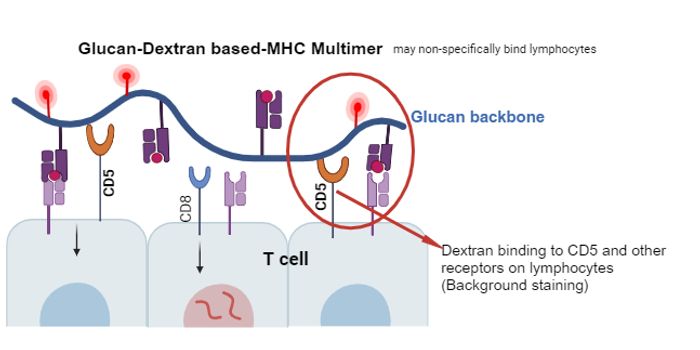Understanding When Recovery is Going Well, or Not
When there is illness or injury, there is inflammation; immune molecules and cells race to the site of infection or tissue damage to stop it from getting worse, and initiate repairs. Our bodies need the inflammatory response to heal. But the immune system has to be carefully controlled, because when it goes awry, it can wreak havoc in the body. So how can we tell when inflammation is helping and not hurting? A new study has identified common features of a healthy immune response while people were recovering from surgery or disorders such as COVID-19, sepsis, or a heart attack. White blood cell and platelet level were found to follow specific paths as the body returned to normal.
This work, which was reported in Nature Communications, could help researchers define the parameters of a positive immune response, so that clinicians can tell when things are going wrong for a patient. It may eventually help people stay on the right course to recovery.
While a high fever and some other issues can show when inflammation is occurring, "there's no guidance on assessing how the inflammation is going, and whether it's subsiding in an appropriate manner," noted senior study author John Higgins, a professor at Harvard Medical School (HMS). "As physicians, we are surprisingly ill-equipped to distinguish patients whose inflammatory response is going well from patients whose response is not."
One challenge is that inflammation typically occurs along with other health problems. So the researchers used heart surgery in part of their analysis, because most patients undergoing such procedures are mostly in stable health, but "then they all get a similar inflammatory stimulus at a specific time," explained first author Brody Foy, a research fellow in systems biology at HMS and Mass General.
After analyzing the trajectories of 4,693 Mass General patients who had cardiovascular surgery, the researchers found that in people who recovered well, white blood cell and platelet count patterns changed in very precise ways; white blood cell counts went down, and platelet counts increased at a different rate. Deviations from those rates could one day be used to diagnose poor recoveries.
"What is exciting about this study is that it suggests there are common features of the recovery path for a surprisingly wide range of diseases, and if we know what a good recovery looks like, then we should be able to identify a bad one," Higgins said.
There might be many ways that things could go wrong, the researchers noted. Counts of either platelets or white blood cells may be off, and they could be too high or too low, for example, but the characteristics of a good recovery seem to fall in a specific range.
More research will be needed to confirm these findings and bring them to the bedside, but this study shows that the parameters of a good recovery may be definable, and might allow clinicians to respond to poor recoveries sooner.
Sources: Harvard Medical School, Nature Communications









